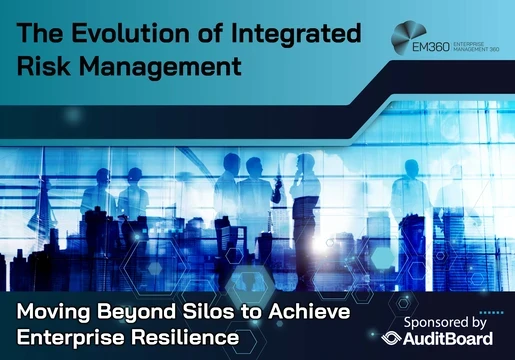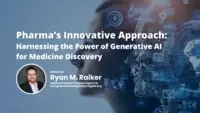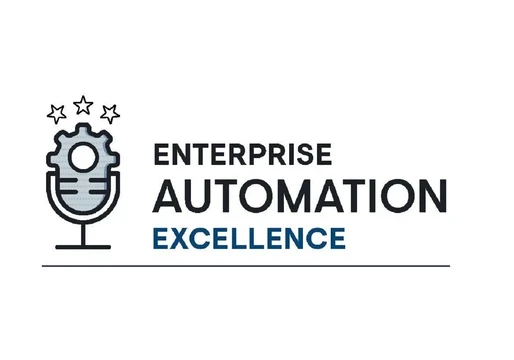
Generative AI and large language models (LLMs) like GPT-4 dominate headlines, but a quieter revolution is underway. Technologies like Retrieval-Augmented Generation (RAGs), small language models, and domain-specific AI are proving to be the real game-changers, offering practical, efficient solutions for industries ranging from healthcare to manufacturing.
RAGs: The Ultimate AI Assistant
RAGs enhance traditional AI capabilities by integrating real-time information retrieval, offering up-to-date, relevant, and accurate responses.
Why RAGs Work:
Dynamic Knowledge Updates: Unlike static models, RAGs pull information from external sources in real time. This ensures their output remains fresh and precise, a crucial advantage in fast-moving industries like healthcare, law, or technology.
Tailored Use Cases: Organizations can configure RAGs to draw from proprietary databases, enabling responses that align with unique business needs.
Examples in Action:
Healthcare: A RAG-powered system helps oncologists by retrieving the latest clinical trial data and synthesizing it into actionable summaries for complex cancer cases.
Legal: Lawyers use a RAG-based tool to locate and summarize relevant case law in seconds, streamlining preparation for court filings.
Customer Support: An online retailer integrates RAGs into its chatbot to instantly fetch solutions from product manuals and customer FAQs, dramatically reducing resolution times.
Small Language Models: Efficiency and Precision
Small language models focus on delivering results for specific tasks, making them lightweight, cost-effective, and customizable.
Advantages of Small Models:
Targeted Training: With fewer parameters, these models excel in narrow applications, offering sharper insights than their generalized counterparts.
Cost and Infrastructure Efficiency: Unlike LLMs, small models can run on local machines or edge devices, reducing operational costs and improving data privacy.
Examples in Action:
Retail: A small model trained on a clothing brand’s reviews identifies patterns in customer preferences, helping the brand design better products.
Education: Students use a math tutoring tool powered by a small model tailored to their curriculum, offering step-by-step explanations and personalized problem sets.
Manufacturing: Factory managers deploy small models to monitor machine performance and predict failures before they occur, cutting downtime and repair costs.
Domain-Specific AI: Tailored for Maximum Impact
By narrowing their focus to specific industries, domain-specific AI solutions deliver precision and reliability unmatched by general-purpose models.
Why It Matters:
Enhanced Accuracy: Focused training eliminates ambiguities. For example, in healthcare, a domain-specific model understands nuanced medical terminology and avoids common errors.
Compliance and Security: Industry-specific AI can be designed to meet stringent regulatory requirements, making them suitable for sensitive fields like finance or law.
Examples in Action:
Finance: AI-driven fraud detection systems monitor transaction patterns in real time, flagging suspicious activity while adhering to regulatory requirements.
Agriculture: AI tools analyze soil and weather data to optimize planting schedules, helping farmers boost yields while conserving resources.
Pharmaceuticals: During drug development, AI pinpoints promising compounds and predicts trial outcomes, reducing time to market and research costs.
The Intersection: Combining RAGs, Small Models, and Domain Expertise
When these technologies intersect, their collective impact is transformative.
Real-World Scenario:
A healthcare company integrates a RAG-powered assistant with a small language model fine-tuned for radiology. The system retrieves recent imaging research and synthesizes it into actionable insights tailored to the radiologist’s workflow. This combination enhances diagnostic speed, accuracy, and patient outcomes.
Another Example:
In e-commerce, a small model trained on a retailer’s catalog powers personalized recommendations. When paired with RAGs that pull live inventory data, the system ensures that suggestions reflect real-time availability, boosting conversions.
A Pragmatic Path Forward
The rise of RAGs, small models, and domain-specific AI signals a shift toward purpose-driven innovation. These technologies show that when solving real-world problems, smaller and sharper often trump bigger and broader.














Comments ( 0 )